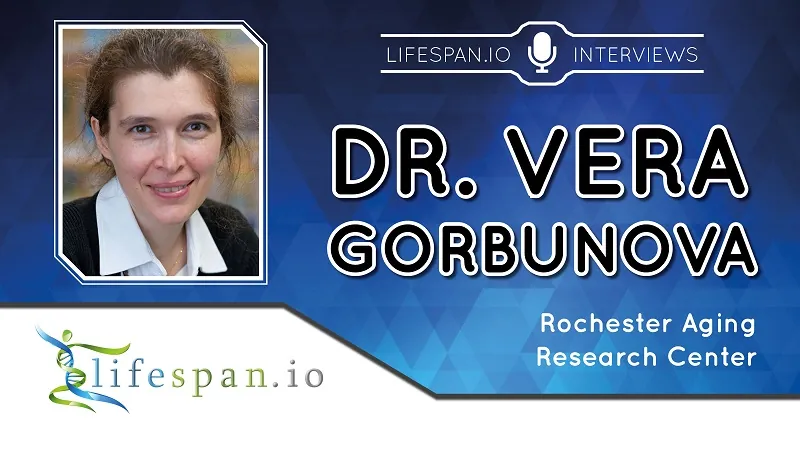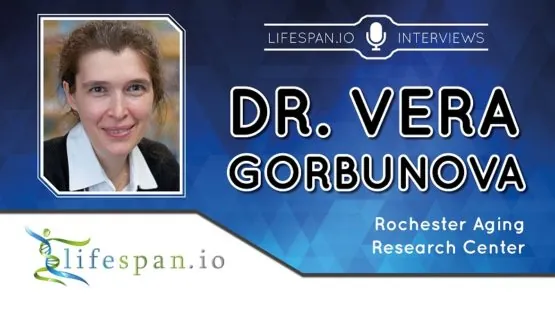Today, we have an interview with Dr. Vera Gorbunova, who talks about the current understanding of the mechanisms of longevity and genomic stability in exceptionally long-lived mammals and how this knowledge might be used to create therapies to extend healthy human lifespan.
Dr. Vera Gorbunova is an endowed Professor of Biology at the University of Rochester and a co-director of the Rochester Aging Research Center. Her research is focused on understanding the mechanisms of longevity and genome stability and on the studies of exceptionally long-lived mammals. Dr. Gorbunova earned her B.Sc. degrees at Saint Petersburg State University in Russia and her Ph.D. at the Weizmann Institute of Science in Israel. Dr. Gorbunova pioneered the comparative biology approach to studying aging and identifying the rules that control the evolution of tumor suppressor mechanisms, which depend on the species’ lifespan and body mass.
While she is known for her work in investigating the role of sirtuins in maintaining genomic stability, the focus of her research has more recently been on the longest-lived rodent species, the naked mole rat. During the interview, she talks about her work with this animal, which does not appear to age and lives for decades while other rodents do not.
Dr. Gorbunova identified high molecular weight hyaluronan as the key mediator of cancer resistance in the naked mole rat. This animal also enjoys highly efficient protein synthesis as well as a superb DNA damage repair system and, thus, a stable genome. Together, these things appear to support longevity, and she believes that we can learn how to increase our healthy lifespan by studying them.
We hope that you enjoy this interview, and we would like to thank Dr. Gorbunova for taking the time to talk with us.


